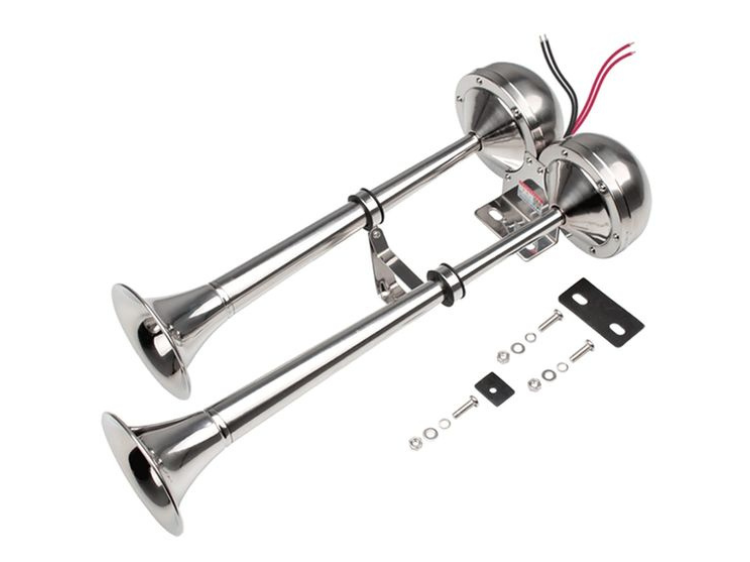Marine Horns play a vital role in ensuring safety on India’s vast waterways. More than just a loud noise, these horns are a crucial communication tool for vessels of all sizes. Understanding the different horn signals allows for clear communication between boats, preventing collisions and fostering a safer maritime environment. This guide explores the various marine horn signals used in India, drawing inspiration from international regulations and best practices.
The Importance of Marine Horn Signals:
Statistics show that many maritime accidents are caused by misunderstandings or lack of communication between vessels. A 2022 report by the Directorate General of Shipping (DGS) in India revealed that nearly 20% of reported incidents involved some form of communication breakdown. Marine horn signals provide a clear and universal language, even when visibility is limited due to fog or darkness.
Famous Horn Quote:
As the saying goes, “A good lookout and a loud horn can prevent many a mourn.” This quote emphasizes the importance of both visual vigilance and audible communication in ensuring safe navigation. By effectively using marine horns, mariners can alert others to their presence, intentions, and potential dangers.
Types of Marine Horn Signals in India:
Marine horn signals in India generally follow the guidelines set forth by the International Regulations for Preventing Collisions at Sea (COLREGs). These regulations are further elaborated upon in the Inland Waterways Authority of India (IWAI) Inland Vessel Rules (IVR). Here’s a breakdown of the most common horn signals:
Maneuvering Signals:
These signals indicate a vessel’s intended course of action.
- One Short Blast: This signal signifies a vessel’s intention to alter course to its port (left) side.
- Two Short Blasts: This signal signifies a vessel’s intention to alter course to its starboard (right) side.
- Three Short Blasts: This signal is used by a vessel operating astern propulsion (engines in reverse). On smaller vessels, it might indicate backing up.
Danger Signal:
- Five (or more) Short Blasts: This rapid sequence of blasts indicates danger or distress. It can also be used to express disagreement with another vessel’s maneuver.
Restricted Visibility Signals:
These signals are used when visibility is limited due to fog, heavy rain, or other factors.
- Power-Driven Vessels: A prolonged blast at intervals of not more than two minutes.
- Sailing Vessels: One prolonged blast followed by two short blasts at intervals of not more than two minutes.
Anchored Vessel Signal:
- Four Short Blasts: This signal indicates a vessel is anchored in a narrow channel or fairway.
Additional Considerations:
- Duration of Blasts: A short blast typically lasts around one second, while a prolonged blast lasts for four to six seconds.
- Local Regulations: While COLREGs provide a framework, some Indian waterways might have additional horn signal regulations specific to their location. It’s crucial to consult local authorities for any regional variations.
- Bell Signals: In addition to horn signals, vessels less than 39.4 feet in length may also use a bell for short-range communication. A single, forward-facing bell ring signifies a vessel is not making way (not moving).
Effective Use of Marine Horns:
- Clarity and Conciseness: Use only the necessary number of blasts to avoid confusion.
- Visibility: Use horn signals primarily when vessels are in sight of each other. For situations with limited visibility, refer to the designated restricted visibility signals.
- Right of Way: Horn signals do not override the established rules of right-of-way.
- Emergency Situations: In case of an emergency, use the danger signal repeatedly to attract attention.
Conclusion:
Understanding marine horn signals is an essential skill for anyone navigating India’s waterways. By utilizing these signals effectively, mariners can significantly contribute to safer and more efficient maritime operations. For further information, refer to the Inland Vessel Rules (IVR) or consult with a qualified maritime training institution. Remember, clear communication is key to preventing accidents and ensuring a smooth journey for all vessels.
 :
https://in.pinterest.com/shipautomation11/
:
https://in.pinterest.com/shipautomation11/












